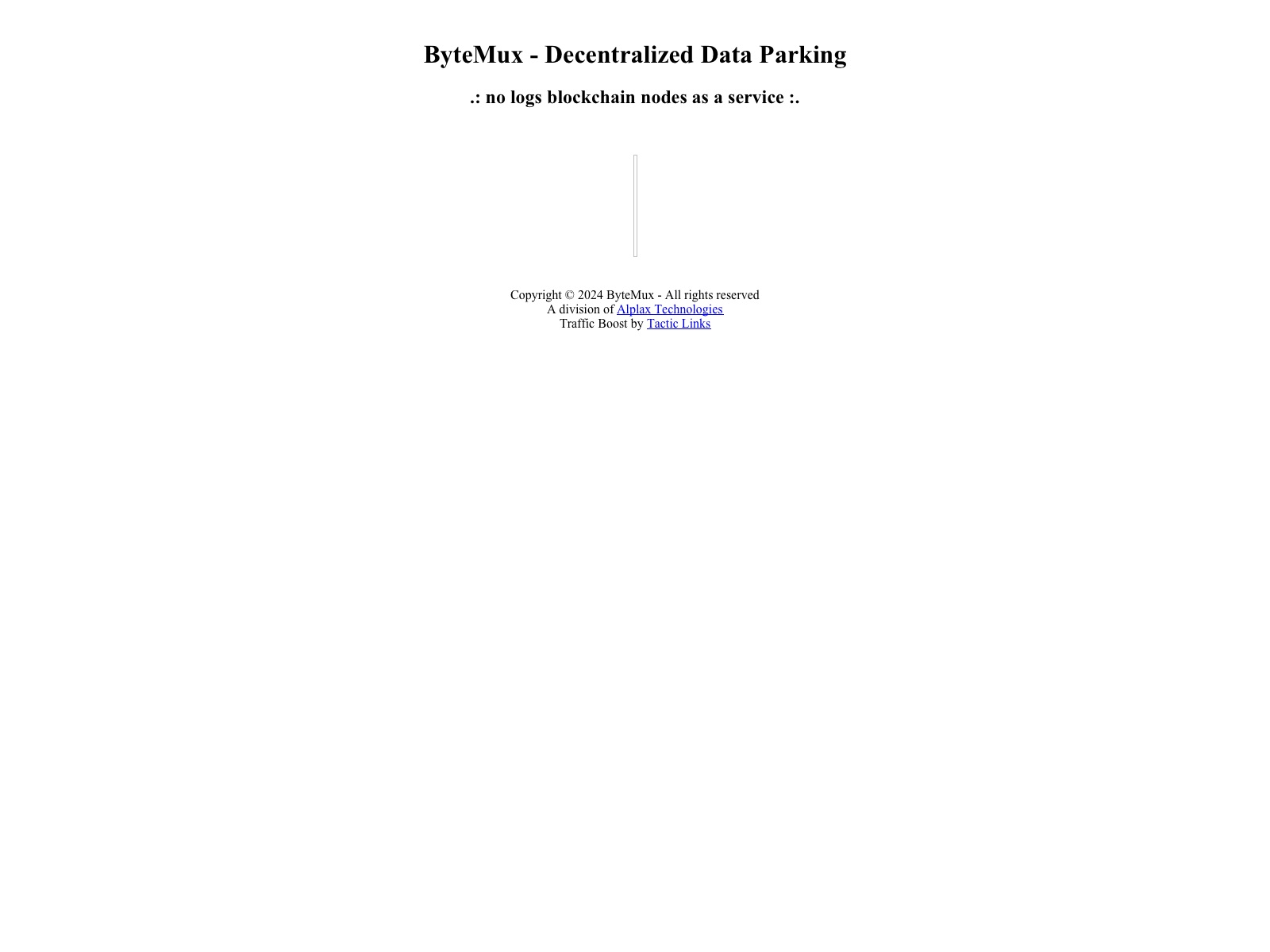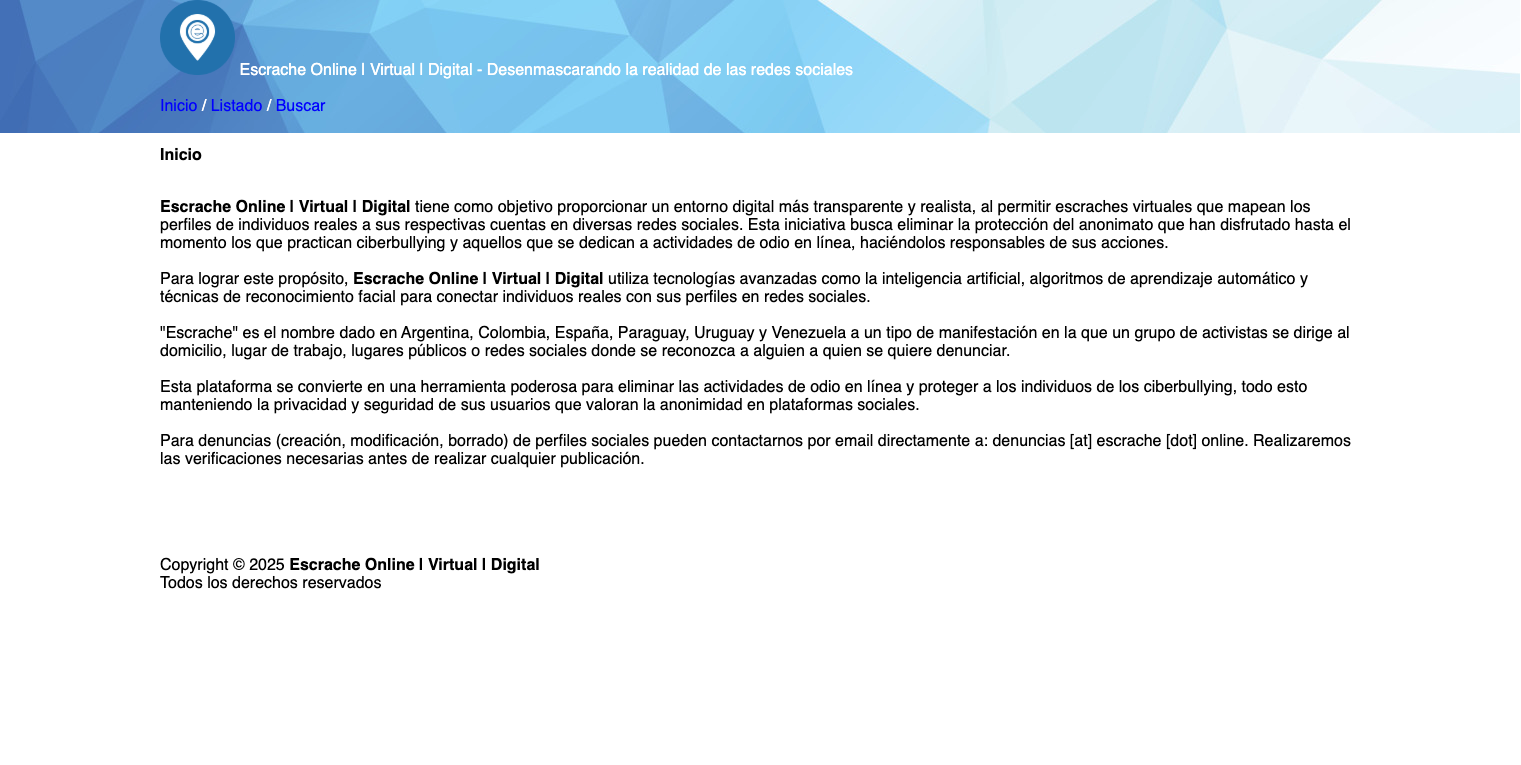Tactic Links - Organic Traffic Booster - Home
|
Path: Home > List > Load (americanhotel.com) |
Home | About | List | Rankings | Search | Submit |
| domain | americanhotel.com |
| summary | You need to turn on the web browser setting for both, as they are required. This will ensure that websites can function properly by allowing them to track your preferences or use stored data when you revisit a site (cookies) while enabling interactive features like videos or form submissions which may require it (JavaScript). Without these settings being enabled in some situations, certain parts of the website might not work as expected. How-to: For most browsers: 1. Access Settings 2. Find JavaScript and Cookies options respectively under Security & Privacy sections. 3. Allow both to be active or "Enable" them for your browser. If you have a specific concern with one setting over another, such as privacy issues related to allowing cookies from all websites (third-party), please consult the help resources of each respective platform. Remember that enabling these settings can also make it easier for legitimate sites in case they need permission. However, if you're concerned about security or data leakage due to third-party site access through first-party and embedded content like videos within a website, you should only allow them from websites you'd specifically use often (e.g., your bank's official domain). Always consider the potential risk with any online setting change. I also suggest enabling Do Not Track if available in browser settings for extra privacy protection. This signals to most sites not track your web activities when using that site but does not always work as it relies on individual companies respecting this signal which is currently voluntary and unregulated by law across different countries. Note: Disabling JavaScript can significantly affect how a website functions, possibly leading from missing content (e.g., images or videos) to error pages while enabling Do Not Track also doesn't influence the actions of all websites as not every company respects it. This setting should ideally be used in combination with other privacy methods such as using ad blockers and incognito/private browsing modes when visiting unknown sites. You can always adjust your settings depending on how much interaction you want from a specific website or for each case separately while maintaining general web security principles (e.g., not giving out personal data to unfamiliar sources without validating their trustworthiness). If the above explanation is unclear, do let me know and provide any further details so I could explain it better. If you're asking about anything else that you have in mind please mention. sumnarizuj: In order for websites to function properly on your browser (e.g., JavaScript helps with interactive features like form submissions while cookies store preferences), enabling these settings can help ensure proper website performance and usability of various online resources especially when interacting through a web-based application. However, if you have specific concerns about security or data tracking particularly due to first- or third-party websites accessing your information without permission (e.g., embedded content from external sites on the main site you're currently using), it's suggested that only allow them for often used and trusted domains which also allows other measures like ad-blockers. Do not hesitate in adjusting these settings depending upon how much interaction you want with any given website but keep overall web safety as top priority (e.g., avoid sharing personal data unless its a highly secure site). If you're asking anything specific or the above explanation is unclear, please let me know and I would be happy to help. |
| title | Just a moment... |
| description | Just a moment... |
| keywords | cookies |
| upstreams | |
| downstreams | |
| nslookup | A 104.18.29.166, A 104.18.28.166 |
| created | 2025-06-14 |
| updated | 2025-06-27 |
| summarized | 2025-06-27 |
|
HIGHSPOTS | |
 tacticlinks.com | |
 whimed.com | |
 bytemux.io | |
 greenpeace.org | |
 escrache.org |
Traffic Boost by Tactic Links
[took: 343 ms]